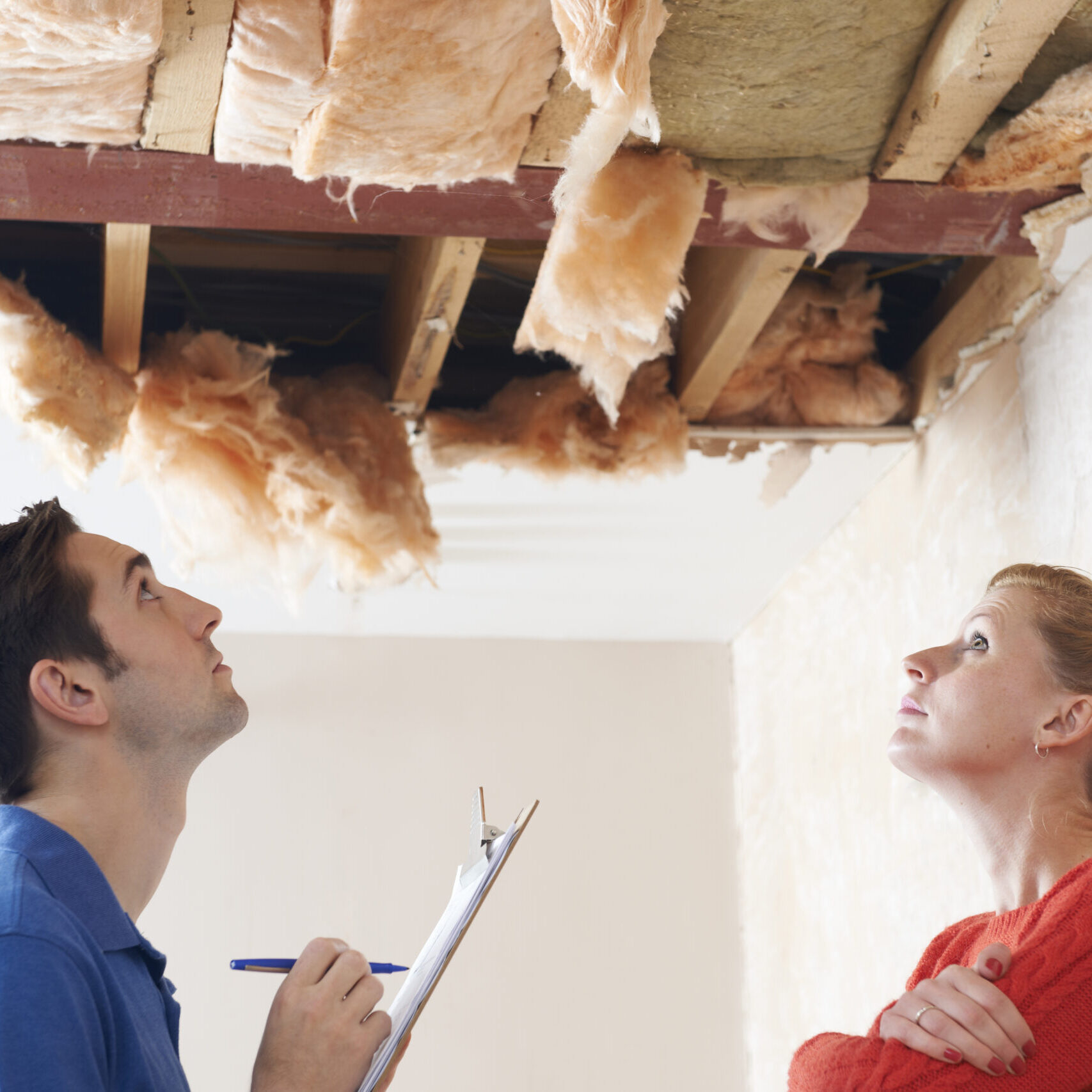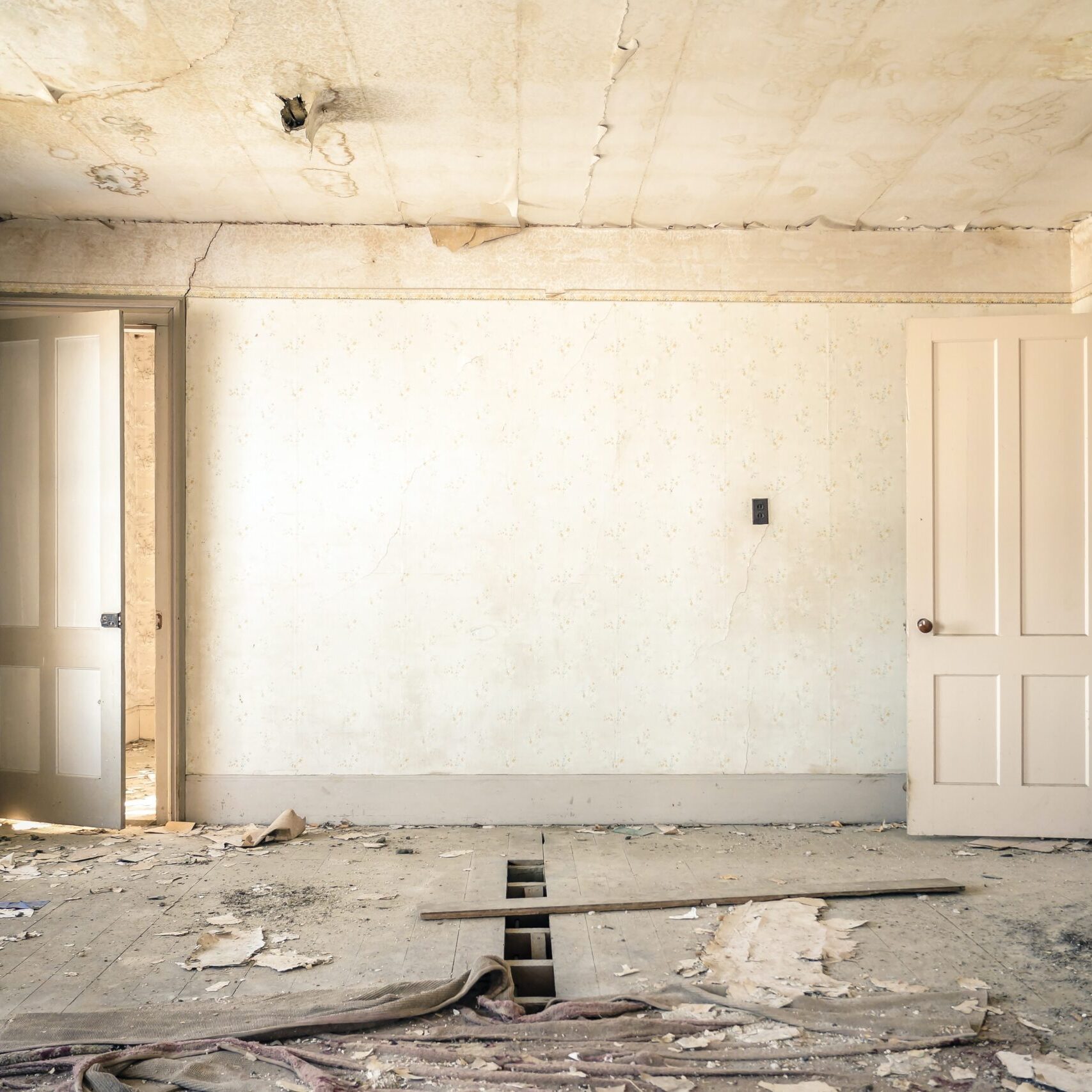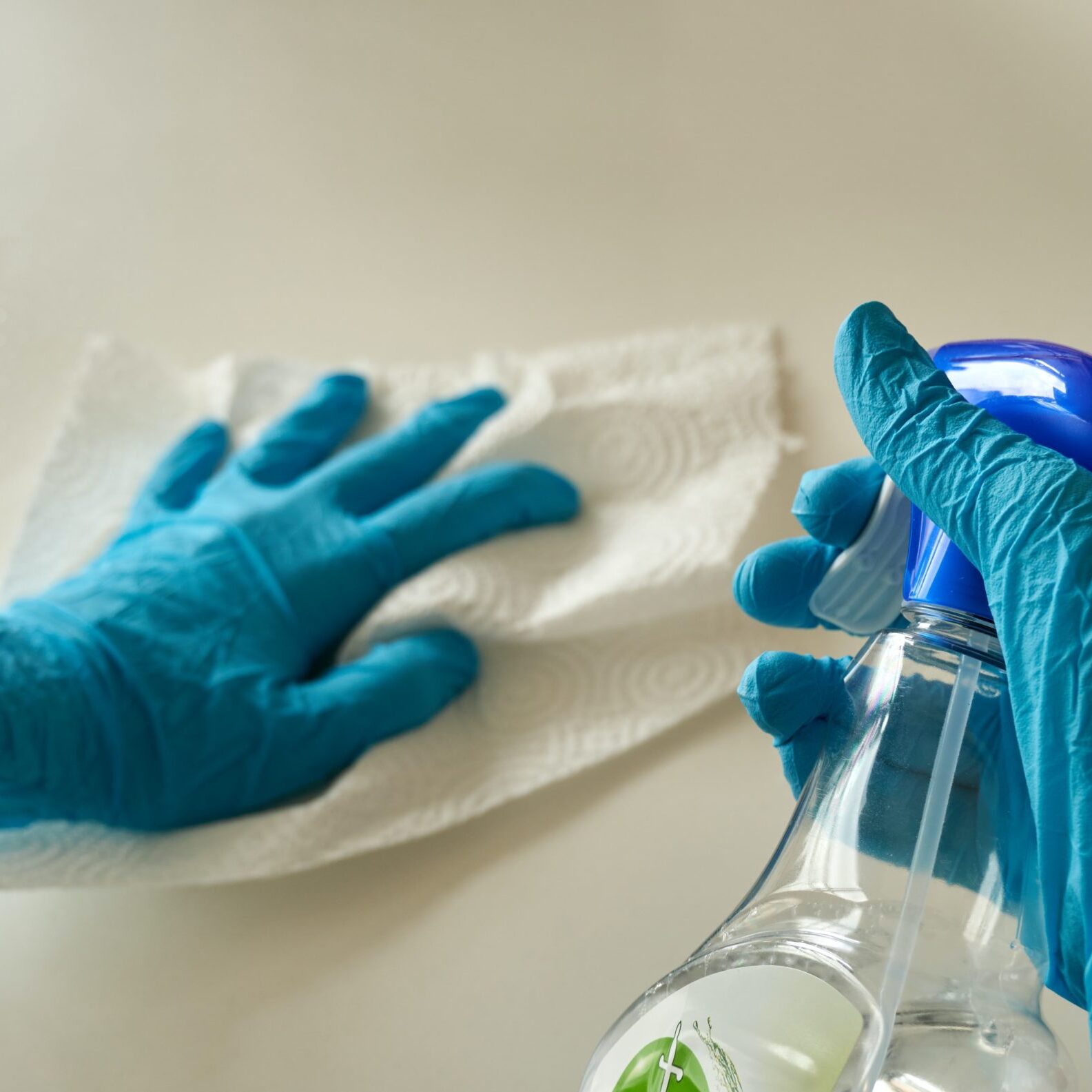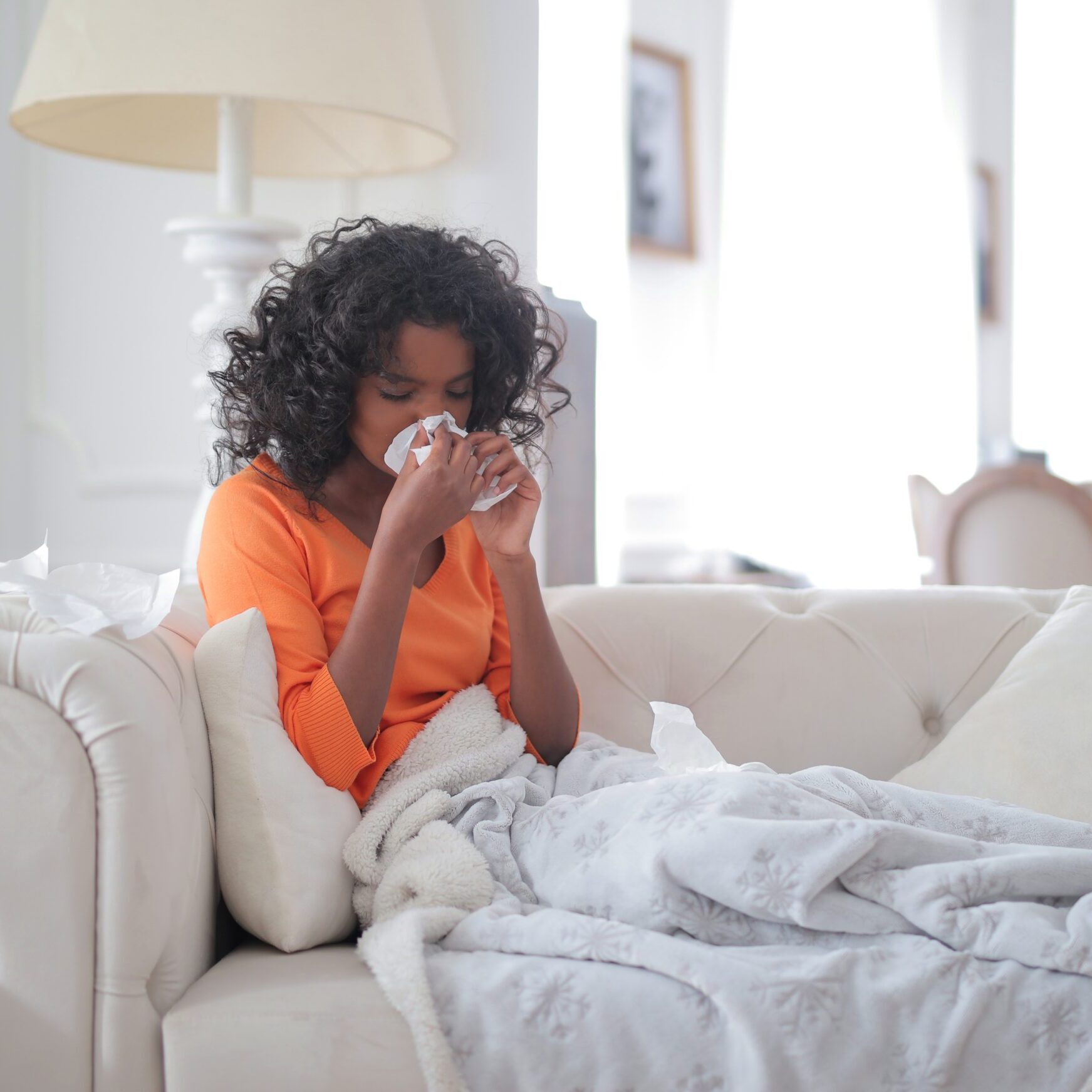Fungal testing is an essential tool needed to identify conditions related to microbial contamination and mitigate conditions resulting from unexpected water incursions or unfavorable building conditions.
Office spaces, hotels, government buildings, hospitals, airports, private homes and schools all have one thing in common – building materials. When these materials become damp or water-damaged, it can lead to fungal growth, causing deterioration and indoor air quality problems for occupants. Fungi can thrive in environments where materials have become compromised. Our microbiology laboratory helps both to confirm the presence of suspect growth and to support post-remediation efforts through mold testing that will verify whether corrective actions and cleaning procedures have been sufficiently completed.

Water Incursion Event
Moisture and water incursion events can cause damage to wood, insulation, and other building or personal materials. Visual inspections alone may not be able to determine the full extent of the damage or any subsequent mold growth. Following water incursion events, testing specific locations will help determine what materials have been impacted, the extent of the fungal growth, and how much of the impacted material may need to be removed or remediated.

Noticeable Mold Growth
When mold is visually present in a home, building, or office, the problem can be small or extensive. Knowing the types of molds present and the extent of the damage will help source any structural building or dew point condition failures. HPE consulting services will also help clients determine the next steps that should be taken regarding cleaning, encapsulation, and remediation, if that is what the project requires.

Ensure Worker Health & Safety
Removing mold can present potential risks for remediators and those in close proximity to the remedial process. If not performed in a controlled manner, disturbing materials with mold can lead to further fungal growth and increased concentrations in the air, as fungal spores are naturally fit for air-borne travel. HPE lab data provides information for industrial hygienists and remediators to reduce worker exposure and provide safe working conditions during remediation.

Validate Cleaning Effectiveness (Post-remediation)
Post-remediation validations (PRVs) help to confirm the efficacy of cleaning materials and remedial processes. Mold conditions can be overlooked during visual inspections, but PRVs offer a microscopic analysis to enhance visual inspections performed by industrial hygienists. PRV testing is especially helpful in analyzing building materials that may retain fungal elements and can provide clients with documentation that confirms proper cleaning and remediation.

Respond to a Known Case or Symptoms
Discoloration or growth can appear in buildings without anyone knowing its nature or origin. HPE’s ability to test air, surface and bulk matrices for fungi can provide data to determine if discolorations are due to microbial growth. If cleaning is performed, testing can help decide if the work was sufficient and effective. Testing can also help to establish if fungal elements identified in a home are problematic, abnormally high or simply a part of normal background microflora.
